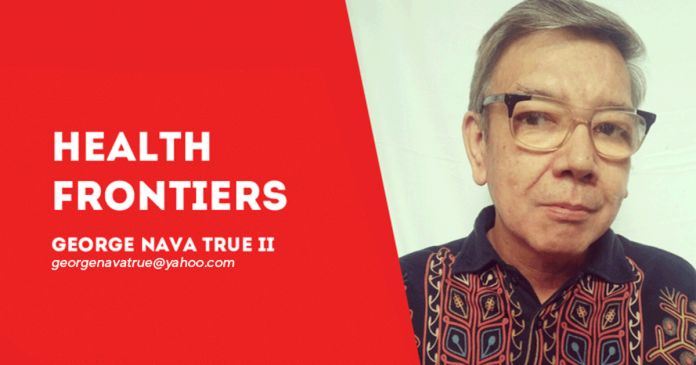
BY GEORGE NAVA TRUE II
ABOUT 3.7 million Filipinos have diabetes, and this number is expected to double in the next 5 years, according to Sanofi Philippines Country Lead Amal Makhloufi Benchouk.
Of this number, Amal said that only 34 percent are diagnosed, 27 percent are treated, and only 11 percent are on insulin. In the lucky few who are treated, less than 50 percent can manage or control the disease.
Diabetes is also a common problem in many parts of the world, and Amal said a person dies every seven seconds worldwide because of this.
Sweet myth
While diabetes research has grown tremendously through the years, many myths persist. One of these is the role of sugar in the disease.
Because diabetes is characterized by high blood sugar levels, it’s easy to blame this sweet substance as the main case of the disease. However, this is not true.
The British Diabetic Association said diabetes begins when something interferes with the body’s ability to turn food into energy. Either the pancreas can’t make insulin, or the body can’t use the insulin it produces, according to the International Diabetes Federation.
To understand what happens, let’s see how insulin and glucose work.
Role of insulin
Insulin is a hormone that is secreted by the pancreas found behind and below the stomach. This hormone circulates in the bloodstream and allows sugar (glucose) to enter cells to provide energy. Insulin lowers the amount of glucose in the blood. When blood sugar levels drop, the pancreas stops secreting insulin.
Glucose comes from the food we eat or is made and stored in the liver. The Mayo Clinic said that when glucose levels are low, which happens when you haven’t eaten in a while, the liver breaks down stored glycogen into glucose to keep the glucose level within normal range.
Now that it’s clear what insulin and glucose do, let’s see what causes the two common types of diabetes – type 1 and type 2.
Types of diabetes
The real cause of type 1 diabetes is unknown, although researchers believe that genetic susceptibility and environmental factors may be involved. In this type, the immune system goes crazy. Instead of fighting harmful bacteria or viruses, it attacks and destroys insulin-producing cells in the pancreas. With little or no insulin, sugar builds up in the bloodstream instead of moving into cells to provide energy.
In type 2 diabetes, cells become resistant to insulin, and the pancreas can’t make enough of this hormone to solve this problem. Again, this causes sugar to build up in the bloodstream. Researchers are not sure why this happens, but genetic and environmental factors may be involved too.
Here’s the tricky part. While sugar is not the main cause of diabetes, it can indirectly increase your risk of getting type 2 diabetes. Why is this so? The British Diabetic Association said you are more likely to get the disease if you are overweight. Weight gain happens when you consume more calories from sugary foods and drinks.
Not the main reason
However, researches said that type 2 diabetes is a complex disease and sugar is not the only reason people get it. After all, not everyone with type 2 diabetes is overweight.
Besides, the problem is not the sugar found naturally in fruits, vegetables (fructose), and dairy foods (lactose), but the “free sugars” that people and manufacturers add to food and drinks. The British Diabetic Association said this kind of sugar is found in pure fruit juices, smoothies, sauces, ready meals, cakes, syrups, honey, and table sugar that people put in hot drinks and breakfast cereals.
Healthy eating
Does that mean you should avoid sugar completely? Of course not! Eating sugary foods occasionally won’t harm you as long as they are part of a healthy and balanced diet.
But you should reduce the amount of free sugar in your diet. Instead of juices and smoothies, eat whole fruits and vegetables. Trade those chocolate bars, sweets, cakes, and biscuits, with healthy snacks like unsweetened yogurts and unsalted nuts.
Lastly, be wary of hidden sugars in many foods like pasta sauces, tomato ketchup, yogurt, and ready meals. These simple changes will keep you healthy and allow you to enjoy sugary treats as well. Happy eating!
***
National Press Club and Philippine Dental Association awardee George N. True II has written two bestsellers based on his popular column which has been running for almost 40 years. For questions about health, email georgenavatrue@yahoo.com./PN

